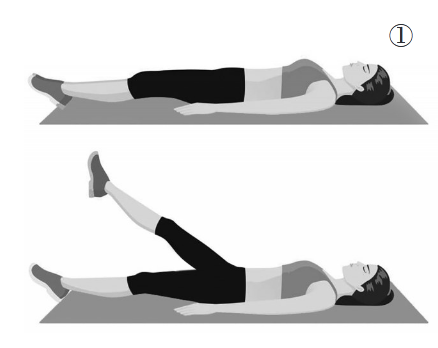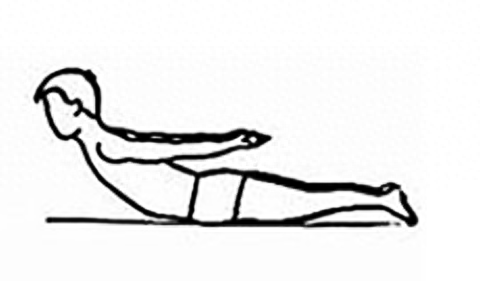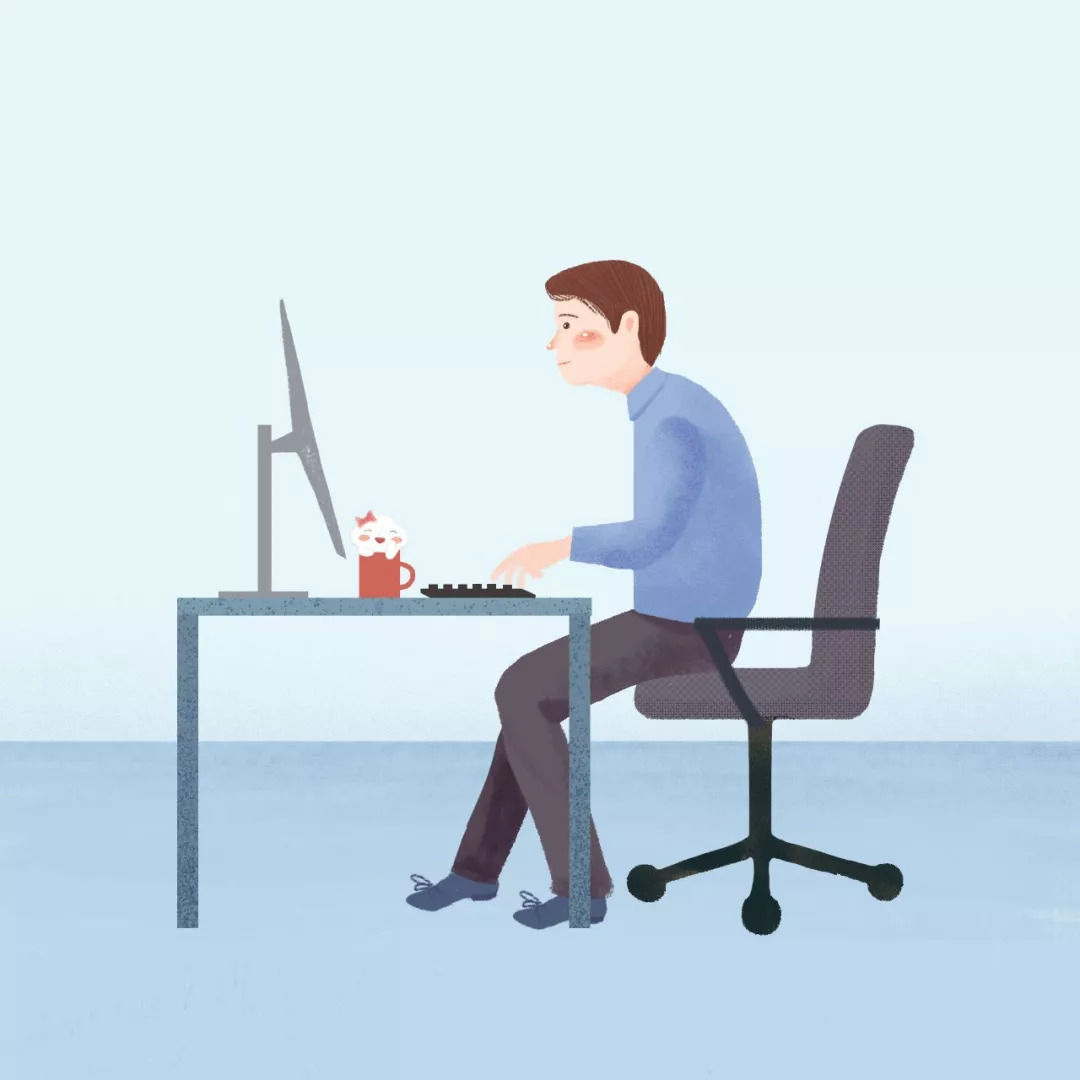Prolonged sitting is a common concern in today's sedentary lifestyle. But what truly defines "prolonged sitting"? According to the Sedentary Behavior Research Network (SBRN) in the United States, it is characterized by any awake behavior where energy expenditure is ≤1.5 METs. This definition not only addresses energy expenditure but also emphasizes the posture during prolonged sitting, which can include sitting or reclining.
Common activities that fall into the prolonged sitting category encompass work and study postures, as well as leisure activities like watching TV, using computers, driving, reading, writing, and playing card games.
For those who find this definition challenging, a simpler way to put it is this: if you sit for more than 5 days a week, exceeding 8 hours per day, or go for 2 hours without standing up or changing your sitting posture while awake, you are considered part of the prolonged sitting group.
The Impact on Your Muscles and Spine
Your spine is made up of vertebrae connected by flexible intervertebral discs. Muscles around the lower back help maintain spine stability and movement.
- When lying flat, your spine is closest to its natural curvature, resulting in minimal muscle load and disc pressure, approximately 25% of your body weight.
- Sitting upright increases the force on your lower back to about 140% of your body weight.
- Poor sitting posture, such as hunching forward or slumping, can raise the force on your lower back to a staggering 185% of your body weight!
Sitting with a bent or slouched posture for extended periods can exacerbate the situation.
Strategies to Save Your Lower Back
For those prone to prolonged sitting, these techniques can alleviate pressure on your lower back:
Maintain the "Three Right Angles" at Work:
- Keep your thighs at a right angle to your lower legs.
- Ensure your upper arms form a right angle with your forearms.
- Keep your eye level parallel to your computer screen. This posture prevents excessive strain on your spine.
Use a Lumbar Support Cushion:
- Place a cushion behind your lower back to maintain the natural "C" curve of your spine, preventing your body from rocking due to a lack of support.
Choose a Hard Chair for Leisure:
- Opt for a firm chair rather than a soft sofa when relaxing at home. Soft sofas lack support, causing your hips to sink in, potentially leading to muscle and joint fatigue.
Additionally, remember to stand up and move around every hour, whether it's for a bathroom break or a quick drink of water. These short breaks can help relieve pressure on your lower back.
Recommended Back-Strengthening Exercises
Strengthening your lower back muscles can enhance spine stability, reduce lower back pain, and aid in preventing discomfort. Here are some exercises recommended by orthopedic specialists:
Supine Straight Leg Raises:
- Lie flat and lift one leg above 60 degrees, then lower it without bending the knee. Alternate legs and perform 16 repetitions per set.

Supine Double Leg Raises:
- Lie flat, engage your lower back muscles, and raise both legs together to maintain a 90-degree angle with the floor. Lower them, ensuring your knees stay straight. Perform 8 repetitions continuously.

Bridge Pose with Five-Point Support:
- Lie flat, bend your legs with feet flat on the floor, and place your hands at your sides for support. Lift your back and hips, forming a bridge. Hold for at least 5 seconds before lowering. Do 2 sets of 8 repetitions daily.

Locust Pose (Head and Chest Lift):
- Lie prone with your arms crossed behind your back. Engage your lower back muscles to lift your head and chest, keeping your chest away from the ground. Hold for more than 5 seconds before lowering. Do 2 sets of 8 repetitions daily.

Superman Plank with Leg Raises:
- Begin in a plank position, supporting your weight with your arms. Alternate lifting each leg slowly. Perform 8 repetitions per set.

Remember to maintain a straight line from your head to your heels during these exercises, and avoid the "Superman Plank" if you have neck problems.
By following these guidelines, you can better understand the consequences of prolonged sitting, how it affects your body, and strategies to protect your lower back.




